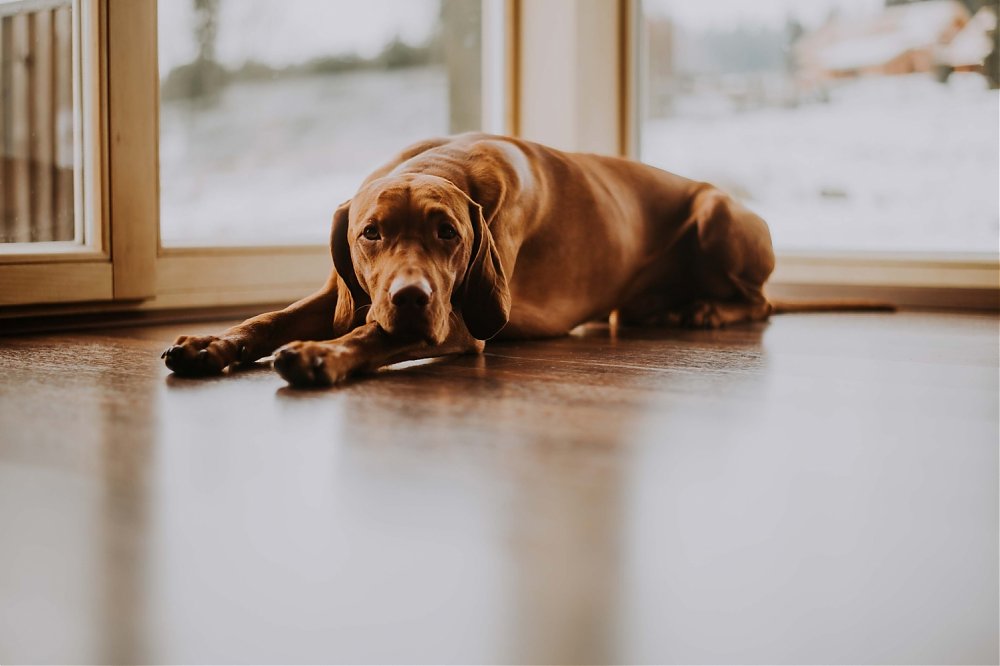
Hip dysplasia
What kind of exercise can I give my dog with this diagnosis?
Even a dog with an unpleasant diagnosis must remain fit.
Good muscles of the hind legs stabilize the loose head of the thigh bone in the lumbar flap and thus improve the dog's quality of life.
What kind of exercise is recommended and what should you avoid?
Swimming - IS TOP
In summer, use the pebbles and rivers with slow flow to swim daily, fetching from the water or the nearby shore. Do not throw retrieves from a distance - sick joints do not sprint, jumps and turns.
Walking in the water
The second best way to strengthen the joints is a walk on the shore of the lake, where the dog walks along you on a leash and walks in the water while being immersed in the abdomen.
Walking and trot
Use the trot and walk for everyday walks and trips. This kind of movement almost does not burden the joints at all. The length of the walk should be such that it does not worsen the condition, which is manifested by curvature or stiffness when standing up. If this happens, shorten his walk next time. in 15 minutes. You have to watch how long walk your dog can handle to avoid difficulties (curvature, stiffness).
He plays
Your dog's game should be controlled, not retrieving from the ground, chasing wildly with other dogs and after the game - the joints are doing poorly fast turns and jumps. He should have a classic dog life - like a dog or a garden dog.
Also, we should not take him on mountain hiking or run along with him by bike. You can use it more with different biting and IQ toys for dogs.
Terrain
Ideal terrain for walks is flat (lawn, asphalt). The joint does not adapt well to various pits and uneven terrain eg. in the forest or plowed field.
First aid for overloading the joints
Overloading the joints after an exaggerated movement results in stiffness, curvature or difficulty getting up.
Use dry cold (frozen vegetables) for this purpose. Put the dog on the bed, put a towel on his hip and frozen vegetables on it. Leave for 15 minutes. Repeat on the other joint as well. You can give pain medication for 5 days, and of course there is a strict resting regimen of 1 week. The joints stabilize after these operations and the inflammation subsides.
Dogs with dysplasia, which have difficulty getting up after a rest, we can warm up the legs before getting up. Passively move the limb back and forth (10 - 15 times) and then help the dog stand up and slowly move.
We hope that our brief overview helped you a little and will make your life easier with such a handicapped dog. Even these dogs can live a full life when they choose the appropriate type of movement.
The Primavet Clinic Team
